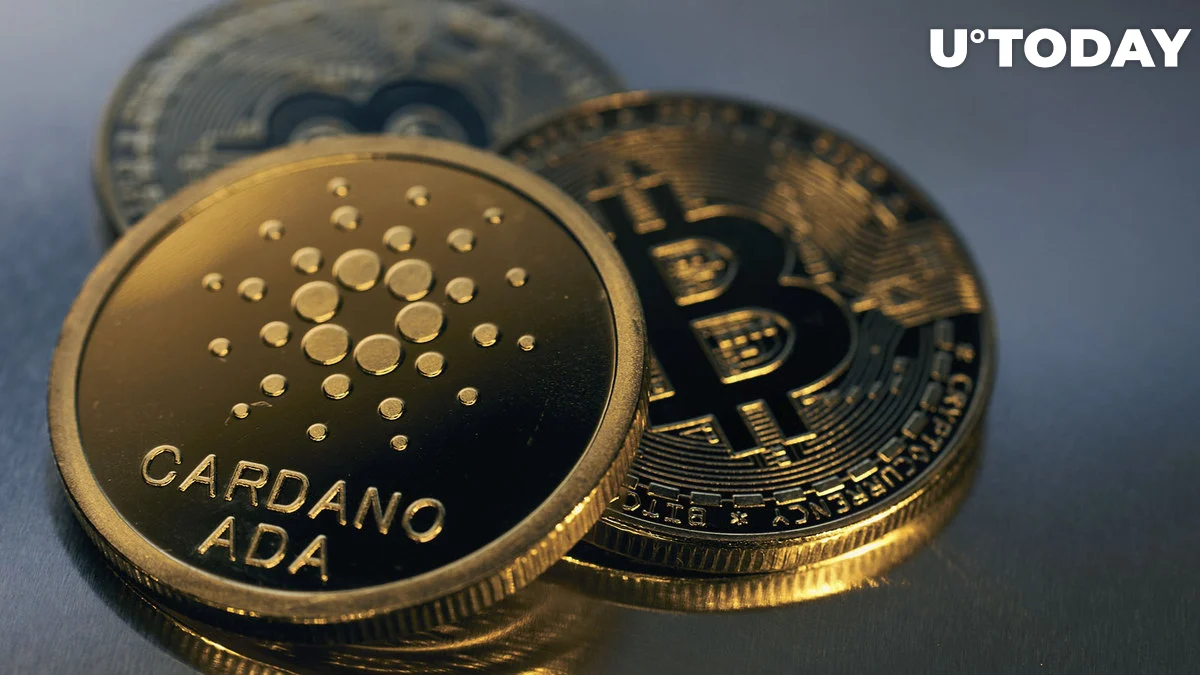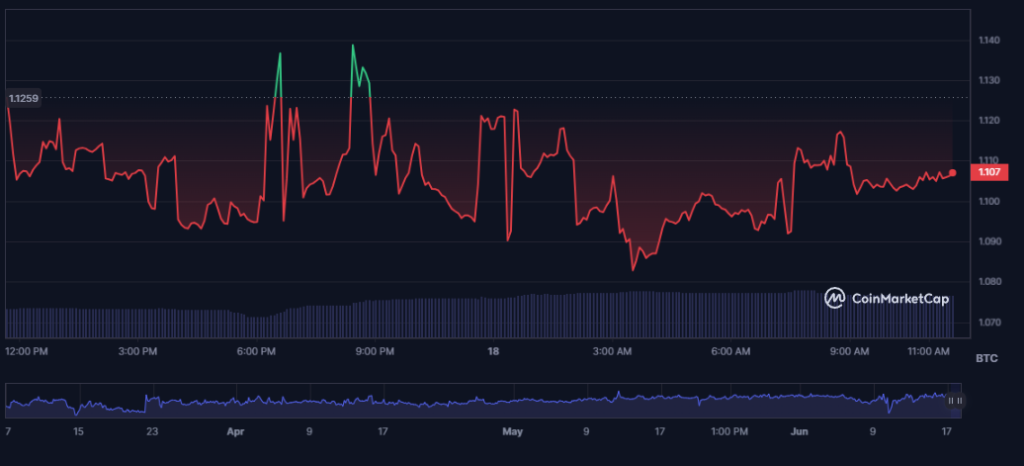
A recent example of an intriguing scenario in the DeFi space is the depegging of Bitcoin (iBTC) on the Cardano network. The price of IBTC, a synthetic asset produced by putting up ADA as collateral, is now significantly out of sync.
To put things in perspective, there is significant purchasing demand for iBTC on Cardano, driving the value of 1 iBTC to around 108,300 ADA. On the other hand, on the larger market, 1 BTC is equivalent to around 99,700 ADA, leaving a gap of 8.8%.
Because iBTC’s exchange rate is based on actual price feeds and not only the DEXs on Cardano, there is a mismatch. As a result, users are minting iBTC using Indigo Protocol, which has seen a recent increase in usage, at the usual price.

The rise in iBTC demand on Cardano has two key explanations. First off, consumers could find it more convenient to have iBTC in their Cardano wallet than to buy genuine Bitcoin, especially if they want exposure to Bitcoin. Second, people are choosing to acquire iBTC on decentralised exchanges and deposit it rather than creating it themselves with collateral since the iBTC stability pool provided by Indigo has produced what appear to be simple profits.
In the aftermath of this circumstance, a novel tactic has been developed. Some market players create iBTC at a liquidation ratio of 110 percent, and then they sell the newly created iBTC right away on a DEX, locking in significant profits. Even taking into account potential liquidations, there is profit to be gained as long as the price differential stays over 5%.
This tactic does not, however, come without dangers. The process of minting iBTC, selling it, maybe getting liquidated, and then restarting it all take time. Although there is an open market and profit can be made from price differences, prudence is suggested.


















